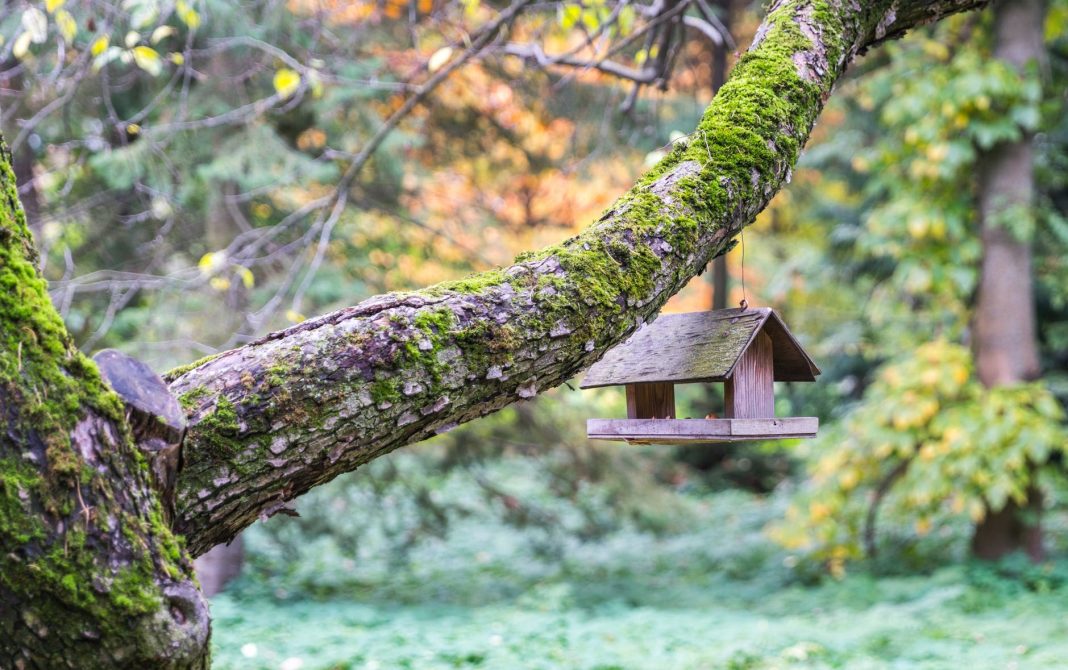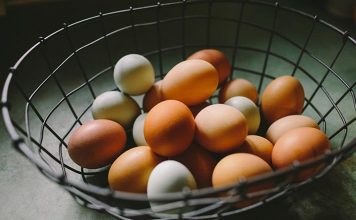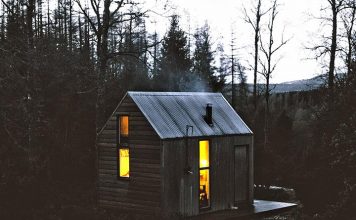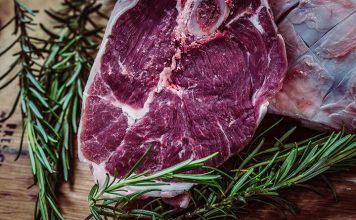| Issue #85 • January/February, 2004 |
My grandson Tommy was probably 50 feet up off the ground when he hollered, “Catch this one, Grandpa!” With those words of warning he dropped another gunny sack which he’d partially filled (at five years old he couldn’t fill it very full) with the dying flowers and just forming fruits of the huge Linden tree which he and his cousin Luke were climbing around in.
During the evening hours, Grandma and Grandpa (my wife and I) helped the boys run the fruits of their efforts through our old hand-cranked meat grinder. This yielded the delicious, and very messy, chocolate flavored confection they’d labored so hard to obtain. I’ve yet to meet a child or adult who didn’t love this simple sweet.
Linden tree
Known by a wide variety of names, including Linden tree, Bee tree, Basswood tree, Lime tree, Whitewood, and Bast tree, the Linden has long been put to a tremendous range of uses.

The tree’s most common use today, owing to its fast growth, is as a deliciously fragrant shade tree. It reaches skyward up to 130 feet, with a trunk diameter of around three feet and a nice, rounded growth habit. It has deeply furrowed bark, and masses of 4-6″ long and 4″ wide heart-shaped tooth-edged leaves. In the summer it has a fragrant display of long stalks of beautiful yellowish-white flowers. The Linden makes an attractive lawn or street tree (in New York City, walk north along Riverside from 74th to 79th Streets in late June to see for yourself).
Beekeepers especially love this tree, as the supremely fragrant, tiny, five-petalled flowers are possessed of such an aromatic nectar that the bees will simply forget all about any other flowers during the Linden’s bloom. The strongly flavored whitish honey the bees process from the nectar is considered the epitome of high quality honey.
Flowers and seeds
A few perfume manufacturers even buy Linden flowers, which are produced over a three to five week period in June and July. Anyone can produce their own wonderfully heady perfume simply enough. Just fill a jar with freshly picked Linden flowers, and add as much pure mineral oil (olive oil works as well, but your perfume will require refrigeration) as you can fit before screwing on the lid. Every day for a week you’ll need to strain out yesterday’s flowers and add fresh ones to the oil in your jar. Keep tightly closed and this perfume will keep for at least a couple of years.
Gathered and dried, the flowers can be brewed into a mighty tasty, and nice smelling, tea. Just use the same method you would with any loose tea. Every tea drinker I know has not only enjoyed their first cup, but tried to make this their staple drink.
Later in the season, once the flowers die off and go to seed, small “nutlets” form, each containing one or two tiny little seeds. It’s while these are forming that the Linden provides the sweet “chocolate” the kids relish so much. Later yet, when these woody pea-sized “nutlets” parachute to the ground on their winged bracts they can be roasted, ground, and brewed to furnish a refreshingly chocolatey-flavored coffee substitute. You’ll need to gather these on a daily basis in order to wind up with enough to be useful, as mice, squirrels, chipmunks, rats, deer, rabbits, pheasant, and many other creatures (including our goats, chickens, and burros) seem to really enjoy this tasty and abundant food source.
Wood
Long held in the highest regard by woodcarvers worldwide, the Linden’s soft, creamy, even-grained wood cuts as easily as cheese using sharp tools. Today it is primarily used for guitar and violin parts, piano sounding boards, and beehive frames. In times past it was the most sought after wood for carvers of everything from cigar store Indians to ships’ figure heads.
Among the Iroquois, Algonquin, and Cherokee mask carvers, the live Linden was considered the finest carving medium in existence. The face of the mask was carved directly on the living tree, then later split off of the trunk and the rear portion hollowed out.
In Celtic lore, the “Tree Dryads” (or “Wood Spirits”) were said to be wedded to the “Tree Sprits” living inside Linden trees, and that at times the horrible faces of these tree spirits could be seen plainly showing on the trunks of some Linden trees.
Bark
In areas as widely divergent as eastern Russia and the northeastern United States, the bark removed from Linden logs was once very highly esteemed as a roofing material. Today these bark shingles are still considered the traditional roofing material of the Russian peasant. In Russia, once carefully peeled from the freshly felled logs, the bark is cut into pieces about two or three feet long, and from six inches to about a foot and a half wide. These shingles are used like cedar shingles or wooden shakes.
Among our American Indians, however, the thick bark was flattened and weighted down to fashion large bark sheets, which were lashed or weighted in place. While not nearly as long lasting as modern asphalt or fiberglass roofing shingles, I’ve found either of these methods easily capable of holding up through seven winters worth of use on outbuildings.
The Linden’s fibrous inner bark, or bast, is also mighty valuable as a basket weaving and cordage or rope-making material. Once soaked in water for a couple of days to soften up the inner bark, the strongly fissured outer bark is readily removed (don’t discard the outer bark, as it makes good stove fuel). If I keep it softened with water while working with it, I’ve come to prefer 1″ wide strips of this inner bark over the more traditional ash or oak splints for fashioning pack baskets.
Among many early northeastern Native Americans, fresh Linden bast was commonly twisted into cordage and ropes which were used for everything from weaving mats, carrying bags, and fishing nets to the lashings for binding their dwellings together. Stronger, more durable cordage, used for sewing thread, bowstrings, fishing lines, and stronger ropes was created by keeping this inner bark submerged in water for a month or longer. During this time the softer tissues rotted away, leaving only the strongest fibrous inner bark tissues to be twisted into a very strong cordage.
Growing
The Linden tree is easily grown from seed, just plant it 1″ deep and wait two years for it to germinate. It’s also easy to layer, as the diagram shows. Plant a few trees near your home to cut down on your air conditioning needs, and you’ll be able to provide your kids with “chocolate,” your wife with perfume, and yourself with plenty of tea and coffee substitutes, all the while holding the tree’s value as carving wood, roofing material, and cordage in reserve against future needs.














